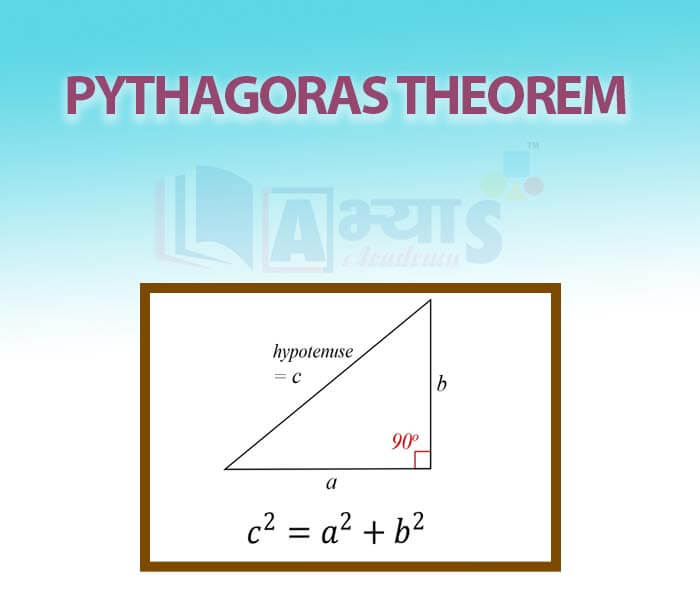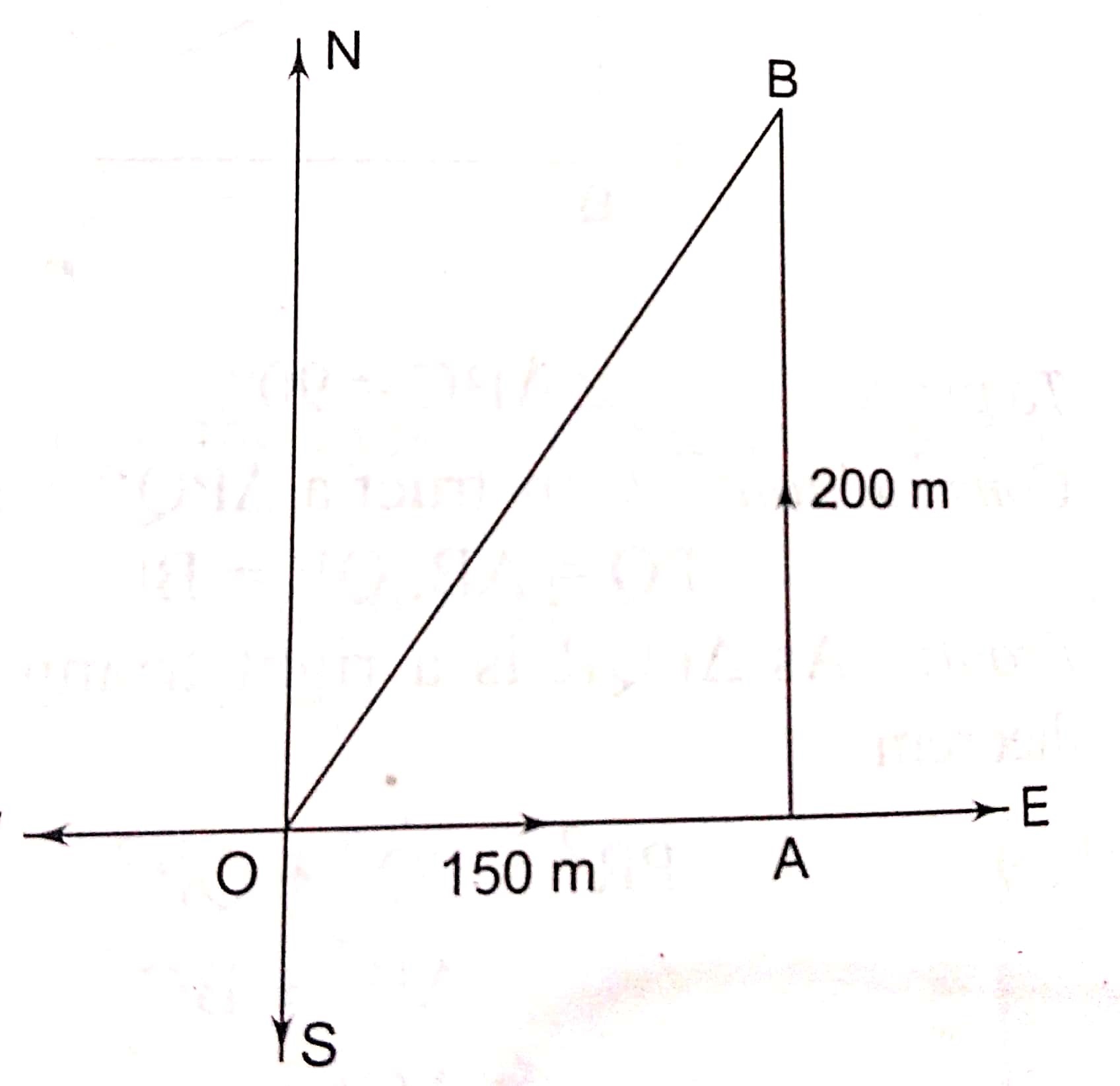Pythagoras Theorem









Pythagoras Theorem
Pythagoras Theorem:
It is the triangle with one of its angles as a right angle, that is, 90 degrees. The side that is opposite to the 90 degree angle is known as the hypotenuse. The other two sides that are adjacent to the right angle are called legs of the triangle.
The theorem, also known as the Pythagorean theorem, states that the square of the length of the hypotenuse is equal to the sum of squares of the lengths of other two sides of the right-angled triangle. Or, the sum of the squares of the two legs of a right triangle is equal to the square of its hypotenuse.
Let us call one of the legs on which the triangle rests as its base. The side opposite to the right angle is its hypotenuse, as we already know. The remaining side is called the perpendicular. So, mathematically, we represent the Pythagoras theorem as:

Example: Find the hypotenuse of a triangle whose lengths of two sides are 4 cm and 10cm.
Solution: Using the Pythagoras theorem,
=102+42=116
Hypotenuse= =10.77cm
Hence the hypotenuse of the triangle is 10.77 cm.
In a right angle triangle ABC, right angled at B , AB = 6cm , BC = 8cm , then AC = _________________ . | |||
| Right Option : A | |||
| View Explanation | |||
A man goes 150 m due east and then 200 m due north. How far is he from the starting point?
| |||
| Right Option : B | |||
| View Explanation | |||
If square of one side of triangle is equal to the sum of the square of other two sides then triangle is ______________________. | |||
| Right Option : C | |||
| View Explanation | |||
Students / Parents Reviews [10]
My experience with Abhyas academy is very good. I did not think that my every subject coming here will be so strong. The main thing is that the online tests had made me learn here more things.

Hiya Gupta
8thA marvelous experience with Abhyas. I am glad to share that my ward has achieved more than enough at the Ambala ABHYAS centre. Years have passed on and more and more he has gained. May the centre flourish and develop day by day by the grace of God.

Archit Segal
7thBeing a parent, I saw my daughter improvement in her studies by seeing a good result in all day to day compititive exam TMO, NSO, IEO etc and as well as studies. I have got a fruitful result from my daughter.

Prisha Gupta
8thMy experience was very good with Abhyas academy. I am studying here from 6th class and I am satisfied by its results in my life. I improved a lot here ahead of school syllabus.

Ayan Ghosh
8thMy experience with Abhyas is very good. I have learnt many things here like vedic maths and reasoning also. Teachers here first take our doubts and then there are assignments to verify our weak points.

Shivam Rana
7thOne of the best institutes to develope a child interest in studies.Provides SST and English knowledge also unlike other institutes. Teachers are co operative and friendly online tests andPPT develope practical knowledge also.

Aman Kumar Shrivastava
10thAbhyas Methodology is very good. It is based on according to student and each child manages accordingly to its properly. Methodology has improved the abilities of students to shine them in future.

Manish Kumar
10thAbout Abhyas metholodology the teachers are very nice and hardworking toward students.The Centre Head Mrs Anu Sethi is also a brilliant teacher.Abhyas has taught me how to overcome problems and has always taken my doubts and suppoeted me.

Shreya Shrivastava
8thIt was a good experience with Abhyas Academy. I even faced problems in starting but slowly and steadily overcomed. Especially reasoning classes helped me a lot.

Cheshta
10thAbhyas is a complete education Institute. Here extreme care is taken by teacher with the help of regular exam. Extra classes also conducted by the institute, if the student is weak.

